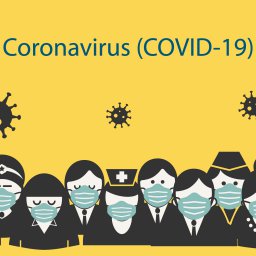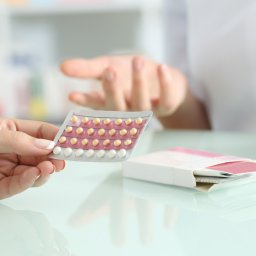
When cortisol results are abnormally high, providers may want to check for overt and hidden sources of hormone exposure. The following list includes many common sources of potential hormone exposures that could lead to falsely elevated cortisol results. Providers should be aware that exogenous progesterone has a small cross-reactivity with cortisol measurement and is one of the more common causes of false elevations on testing. Other steroid hormone exposures may also cross-react and falsely elevate cortisol results in some situations.
Products that officially contain steroid hormones listed in the ingredients:
- Oral corticosteroids
- Corticosteroid inhalers
- Corticosteroid-containing nose sprays (including over-the-counter products)
- Corticosteroid eye drops
- Corticosteroid ear drops
- Corticosteroid containing lip balm
- Topical corticosteroids (hydrocortisone, hemorrhoid creams, and others)
- Progesterone hormone replacement in any form
- Estrogen hormone replacement in any form
- Testosterone hormone replacement in any form
- DHEA
- Androstenedione
- Pregnenolone
Products that DO NOT list steroid hormones in their ingredient list, but that still may contain compounds that interfere with testing:
- Topical skin creams and hand creams, especially products sold for sensitive skin
- Facial creams, anti-aging serums, wrinkle creams
- Makeup
- Eyelash lengthening mascara
- Adrenal, orchic, and ovarian glandulars (not including thyroid glandulars)
Other relevant potential sources of contamination and test interference:
- Bleeding gums, or blood in the sample
- Anyone in the same household using topical corticosteroids, progesterone, or other hormones
- Workplace exposures (massage therapist, chiropractor, compounding pharmacist, etc.)
- Residual exposure from past progesterone cream or corticosteroid containing cream. Avoidance may require changing linens and wiping down faucet handles, door knobs or other items commonly handled after applying the cream.
Testing guidelines to minimize the potential for contamination:
Beginning 3-5 days prior to collection, patients should avoid taking sublingual/transmucosal hormone preparations (troches, pellets, drops). Instead, they may swallow these preparations orally (for liquid preparations, mix with a few ounces of water). Beginning the entire day before collection and throughout the day of collection, patients should avoid all steroid hormones (regardless of form), and all topical skin care products, unless directed otherwise by their provider. Any testing guideline that would entail a change in dose or timing of a prescription medication is always contingent on the prescribing physician’s approval.
For more information on interactions with saliva hormone testing, please read ChronoBiology Newsletter #21.





